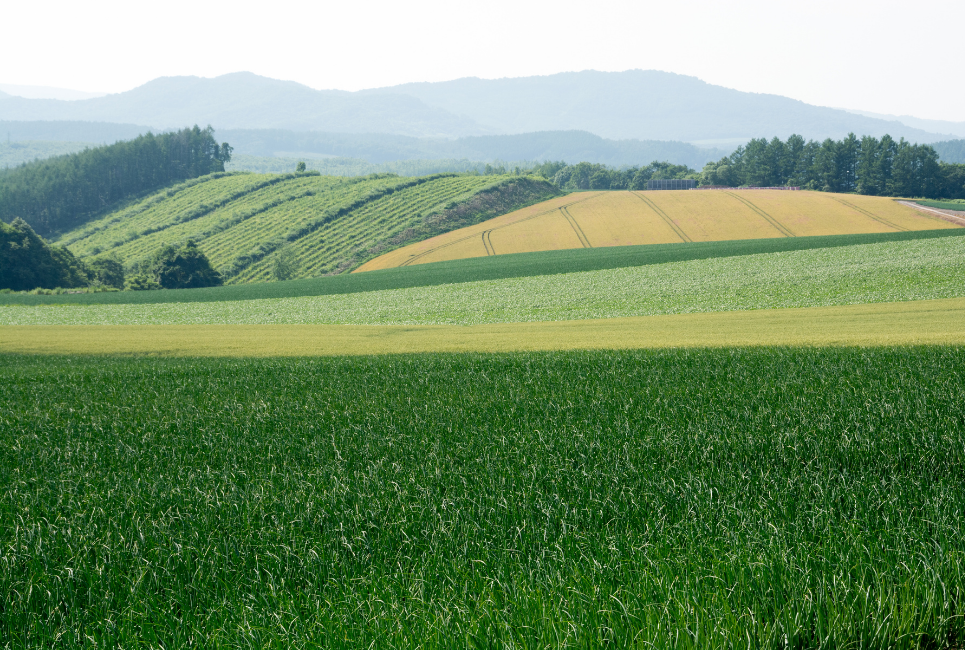- How to Find the Best Garden Pruning Saw: Our Top Picks - January 5, 2024
- Garden Tower Project Review: How To Start Home Gardening ASAP? - January 5, 2024
- Best Garden Scissors Guide: Which Model Suits You Best? - January 5, 2024
Massachusetts has a unique farming area with over half a million acres under farming activities by 2020. The state shares planting zones with other states around it, but these growing zones are not definitive. Massachusetts lies in the hardiness zones of 5a to 7b, with most of the state falling in zone 6. It has multiple climates, soils, and geographies – and different planting zones as well.
If you want to garden in Massachusetts, you will need to know which growing zone you are in and what to do to succeed in your climate and soil types. In this post, you will learn more about the Massachusetts planting zones, which will help you keep your garden in top shape.
Planting Zones in Massachusetts
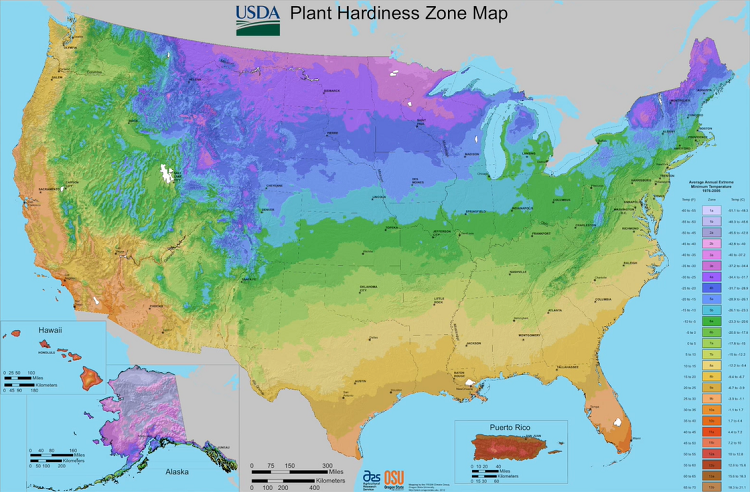
Massachusetts has different planting zones, including 5a, 5b, 6a, 6b, 7a, and 7b. The western part of Massachusetts includes the 5a, 5b, and 6a zones with temperatures that can drop as low as -10 degrees Fahrenheit (-23 degrees Celsius). The eastern parts of Massachusetts are in zones 6b, 7a, and 7b.
These zones experience temperatures not lower than -5°F (-21°C). Below is a table showing each of the hardiness zones in Massachusetts and their temperatures
| USDA plant hardiness zones in Massachusetts | Minimum Temperature range (°Celsius) | Minimum Temperature range (°Fahrenheit) |
| 5a | -29 to -26 | -20 to -15 |
| 5b | -26 to -23 | -15 to -10 |
| 6a | -23 to -21 | -10 to -5 |
| 6b | -21 to -18 | -5 to 0 |
| 7a | -18 to -15 | 0 to 5 |
| 7b | -15 to -12 | 5 to 10 |
Massachusetts Hardiness Zone 5
Areas that fall under hardiness Zone 5a include parts of central and north Berkshire County and northern Worcester County. Zone 5a is the region with average minimum winter temperatures of 20 to 15 degrees Fahrenheit. Plants that grow well in this zone are drooping wisteria, daisy-like asters, and common vegetables such as onions and lettuce.
A big part of Western and central Massachusetts falls in USDA zone 5b, where the average winter temperatures are between -15 to -10 degrees Fahrenheit. These areas include Berkshire County, Greenfield, Pittsfield, Franklin, central Worcester County, Gardner, and Hampden County.
Plants That do Well in Zone 5
Successful gardening in Zones 5 is not all that difficult. The first step is to know the region’s climate. Zone 5 has a shorter growing season than other zones, and certain plants will not grow well here. In USDA zone 5, planting is dependent on the first frost-free date and the last frost-free dates, which are May 30th and October 1st, respectively.
USDA zone 5a and USDA zone 5b often have a few weeks difference in their planting time but will be dictated by these frost-free dates. If you live in Zone 5, be sure to choose plants that grow well in your climate and ensure you plant them at the right time of year.
Vegetables to Grow in Zone 5 and When to Plant Them
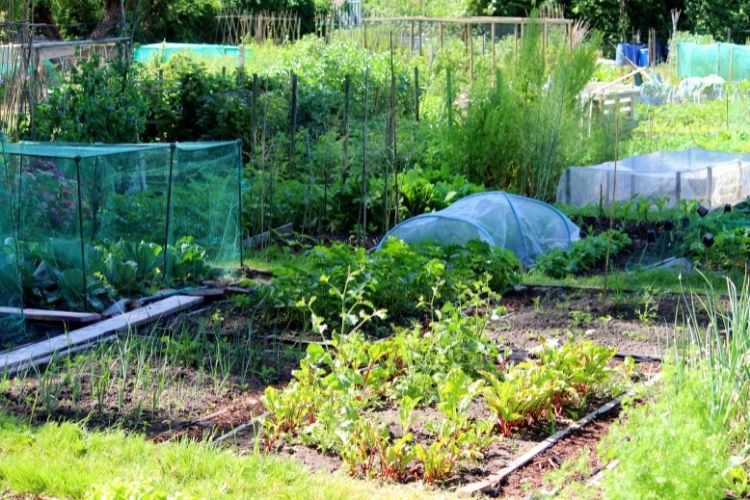
From early March to April, you can plant the following vegetables:
- Beetroots
- Cabbage
- Spinach
- Carrots
- Lettuce
- Celery
- Peas
- Radishes
- Peppers
- Rhubarb
- Asparagus
- Broccoli
- Brussel sprouts
- Cauliflower
- Chicory
- Cress
- Salsify
Vegetables that you can plant from April to May include the following:
- Parsnips
- Onions
- Okra
- Chives
- celery
From May to June you can plant the following vegetables:
- Rutabaga
- Endive
- Muskmelons
- Cucumbers
- Eggplants
- Watermelons
- Peppers
- Leeks
- Winter squash
- Pumpkins
- Summer squash
- Tomatoes
- Bush and pole beans
- Sweet corn
- Late cabbage
When to Start Planting Perennials in Zone 5
Since 2016, flower farming in the US has grown steadily, reaching $15.34 billion in 2020. The best time to plant perennial flowers is when the soil in your garden is warm and moist, in the spring or the fall.
Planting in the spring means warmer soil, a lot of rainfall, and longer days with more sunlight. Planting them in the fall has its benefits too. The perennials will have a whole winter to grow strong roots, which will be more vigorous and create a better show the following spring.
Perennials to Plant in Zone 5
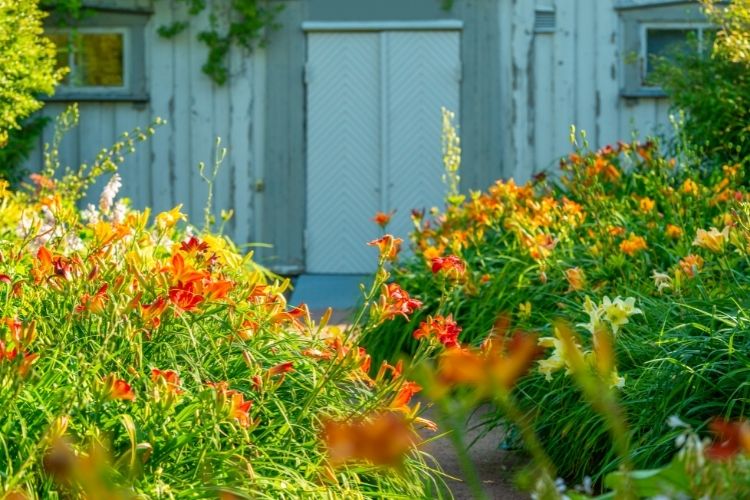
- Lilies
- Hollyhock
- Salvia
- Foxglove
- Tulips
- Hyacinth
- Daffodils
- Hardy hibiscus
- Aster
- Crocus
- Lavender
- Hostas
- Coral bells
- Ferns
- Penstemon
- Russian sage
- Peony
- Butterfly weed
Types of Annuals to Plant in Zone 5 and When to Plant Them
Zone 5 gardeners get very little time to grow their plants. The frost can strike as late as May 15th and as early as October 1st. If you grow your annuals from seed, it takes longer for them to mature. Buying already established annuals can be a quick fix because you don’t have to wait long for the flowers.
When growing annuals in zone 5, keeping track of weather forecasts and frost warnings is essential. This way, you can protect your plants with the appropriate measures when necessary.
Annuals That You Can Plant in Zone 5
- Alyssum
- Geraniums
- Lantana
- Impatiens
- New Guinea Impatiens
- Marigold
- Petunia
- Calibrachoa
- Begonia
- Bacopa
- Cosmos
- Gerbera Daisy
- Zinnia
- Dusty Miller
- Snapdragon
- Gazania
- Nicotiana
- Flowering Kale
- Mums
- Cleome
- Four O’ Clocks
- Cockscomb
- Torenia
- Nasturtiums
- Moss Roses
- Sunflower
- Coleus
- Gladiolus
- Dahlia
- Sweet Potato Vine
- Cannas
- Elephant Ear
Tips for Farmers Planting in Zone 5

- In most cases, the last frost in zone 5 is around April 15th, although it can come later than that. As a Zone 5 farmer, you may want to wait until the beginning or middle of May before planting your vegetable gardens and annual beds.
- Zone 5 is a perfect area for both annuals and vegetables, as long as a late frost does not strike them while they are young. Many hardy Zone 5 (or higher) perennials will withstand a late frost if it hits them while they are dormant in early spring.
- Fall is the perfect time to plant season plants in zone 5 or prepare the soil for next year’s spring garden. Zone 5 experiences its first frost date in mid-October. Late August to early September is prime time for planting season plants or preparing the soil for next year’s spring garden.
Massachusetts Hardiness Zone 6
About half of central Massachusetts, spanning from the lower half of Worcester County, Central Middlesex County, to the western part of Essex County, is in hardiness zone 6a.
Eastern Massachusetts falls into a hardiness zone of 6b. Temperatures here range from -5 degrees to 0 degrees, so there is a good chance that ornamental hydrangeas, lilies, and irises will thrive in this hardiness zone. In addition, blueberries and blackberries have been growing well.
Plants That Do Well in Zone 6
In Zone 6, the annual low is around -10 F (-23 C). This zone stretches from as far as Massachusetts to Delaware in something like an arc. Many plants and flowers do well in the USDA Zone 6. To maximize your productivity, you may need to start some of your seedlings indoors in March and April and then transplant them outside in May or June.
Vegetables to Plant in Zone 6 and When to Plant Them

In the year 2020, the US earned $19.6 billion from vegetable sales. You can plant your vegetables right after the last frost. That is, from mid-March up to mid-November. However, it is worth noting that these dates may be affected by weather changes where summers come earlier or winters last longer. Below are some vegetables that you can plant in Zone 6.
- Peppers
- Cabbage
- Brussels sprouts
- Cucumber
- Tomato
- Eggplant
- Cauliflower
- Kale
- Onions
- Peas
- Celery
- Broccoli
- Spinach
- Radish
Perennials to Plant in Zone 6 and When to Plant Them

Early spring is the perfect time to grow your perennials as long as the soil conditions are correct. You must be careful not to dig when the soil is wet because it will damage the structure. The soil takes longer to lose water after snow because it is cooler in spring. Below are some of the perennials that you can plant in Zone 6.
- Amsonia
- Astilbe
- Aster
- Balloon Flower
- Bee Balm
- Black-Eyed Susan
- Coneflower
- Coral Bells
- Candytuft
- Coreopsis
- Daisy
- Daylily
- Delphinium
- Foxglove
- Gaura
- Goat’s Beard
- Helleborus
- Hosta
- Salvia
- Phlox
- Violet
Annuals to Plant in Zone 6 and When to Plant Them
Planting your annuals in the right season is an important consideration. If you plant them too early, they will risk dying when there is a cold snap. However, if you plant them too late, they will not grow when they need to.
The best time to plant your annuals in Zone 6 is after the last frost dates – around April 20th – May 20th. Below are some annuals that you can grow in Zone 6.
- Geranium
- Begonia
- Heliotrope
- Calibrachoa
- Bacopa
- Cleome
- Cockscomb
- Sweet Alyssum
- Fuchsia
- Impatiens
- Lobelia
- Verbena
- Torenia
- Marigold
- Moss Rose
- Nasturtium
- Strawflower
- Mexican Heather
- Sunflower
Tips for Farmers Planting in Zone 6
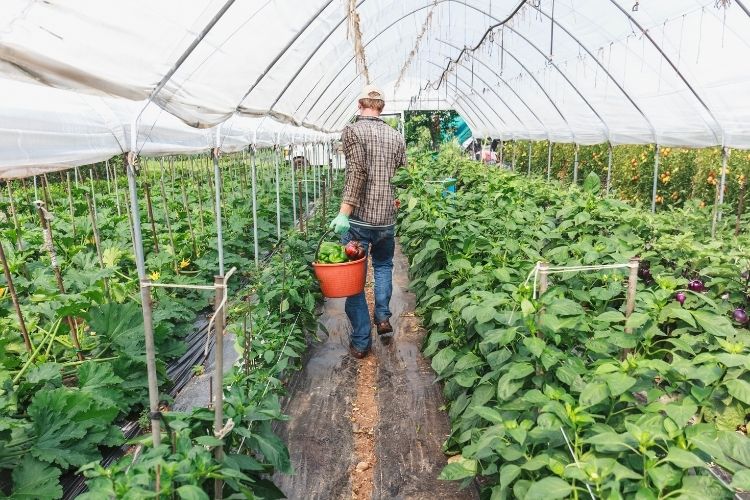
- Starting seeds indoors in Zone 6 is best done six weeks before the last frost date. You can grow many different types of plants, including tomatoes, eggplants, peppers, and more. These plants are easily transplanted into the garden.
- You can start planting some direct sow vegetables from May 1st. Some of these are beans, cabbage, corn, cucumber, and squash.
- Some cold-hardy fruit trees can be grown in Zone 6, such as Honeycrisp, galas, and macs. European pears such as Bartletts and conferences can also grow in zone 6. If you are looking for peaches, there are varieties like reliance, madison, and others.
Massachusetts Hardiness Zone 7
The eastern part of Boston (near the Atlantic Ocean) and areas bordering Chelsea, Revere, and Winthrop is in Zone 7. This zone has a minimum temperature of 0 to 5 degrees Fahrenheit. The city of Barnstable and most of Barnstable County is in Zone 7.
Plants That Do Well In Zone 7
Living in zone 7 can be cold during the winter, and freezes are common. But the weather tends to be moderate. There is a wealth of opportunities to grow flowers for zone 7 climates. Even though your temperature can be as warm as it gets, you can grow all but the most tropical plants.
Vegetables to Plant in Zone 7 and When to Plant Them

Many vegetables can grow in zone 7, which means they do well in cool temperatures and grow in spring and autumn colder months. These vegetables also tolerate light frost, meaning they can grow outside when other vegetables can’t. Below are some vegetables that you can sow in the spring around February 15th and again from August 1st as a fall crop.
- Carrots
- Spinach
- Beets
- Broccoli
- Kale
- Parsnips
- Radishes
- Turnips
- Arugula
- Peas
From April 15th, you can plant warm-season vegetables such as
- Beans,
- Cucumbers,
- Eggplants,
- Okra,
- Peppers,
- Squash
- Tomatoes
Perennials to Plant in Zone 7 and When to Plant Them
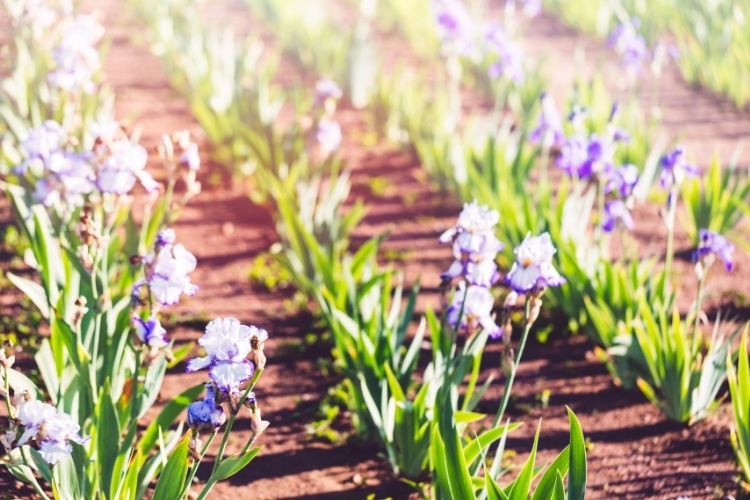
The best time to plant perennials in Zone 7 is a few weeks before the first frost. Below is a list of perennials that you can plant in zone 7.
- Aster
- Painted daisy
- Clematis
- Basket of gold
- Iris
- Black-eyed Susan
- Four O’clock
- Hosta
- Salvia
- Butterfly weed
- Shasta daisy
- Candytuft
- Columbine
- Coneflower/Echinacea
- Dianthus
- Peony
- Forget-me-not
- Penstemon
- Lavender
- Bleeding heart
- Hollyhock
Annuals to Plant in Zone 7 and When to Plant Them
Zone 7 is a perfect growing zone for annuals. Hundreds of different annuals grow well here, as the season is long enough and the summers not too hot. A few other factors make the growing conditions ideal for annuals: their relatively short lifecycle and fast growth rate.
When to plant your annuals depends on the weather requirements of the annuals you are growing. Some do well in hot conditions, others in cooler climates, while others thrive in the shade. Here are a few popular annuals to look out for in zone 7.
- Heliotrope
- Lobelia
- Celosia
- Geranium
- Snapdragon
- Bachelor’s button
- Calendula
- Begonia
- Cosmos
- Marigolds
- Ageratum
- Lantana
- Impatiens
- Gazania
- Nasturtium
- Sunflower
- Zinnia
- Coleus
- Petunia
- Nicotiana/flowering tobacco
- Bacopa
Tips For Farmers Planting in Zone 7
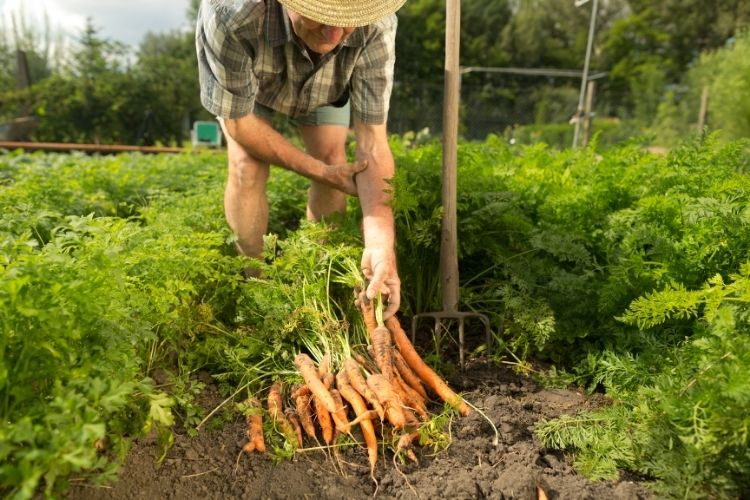
- Choosing the right kinds of herbs for your garden is essential. Some herbs survive winters better than others, such as the rosemary varieties, hill hardy, and Madeline hill.
- If you are in zone 7, you might want to consider planting nut trees. Some excellent choices are pecan, chestnut, walnut, hazelnut, and hickory trees.
- Fruit trees are easy to plant, environmentally friendly, and provide a long-term source of fruit. You can grow several fruit trees in Zone 7, including apple, peach, pear, and apricot.
- Zone 7 has the perfect climate to grow strawberries, blackberries, and other berries.
FAQs
Answer: Growing plants that mature before late October can extend your gardening season. The first frost-free date is May 30th, while the first freeze is October 30th. If you want to grow transplants or start seeds in a greenhouse, May 30th is your date. But if you have a backyard garden, opt for transplants set out in late May.
Answer: Zone 6 gardeners have a plethora of options in January. You can start your indoor vegetables and herbs as these plants take a long time to grow. Celery and parsley seeds may need up to three weeks just to germinate.
Answer: Cucumbers, a warm-weather crop, thrive when adequately cared for. They can produce many vegetables during summers with a lot of sun and warm temperatures, but it may weaken or kill them if planted too early. Planting them out as early as possible can increase the season length, but you must balance this with the increased risk of plant health issues.
Conclusion
There are six plant zones in Massachusetts, and it is essential to know which zone you are in if you want to grow plants that will thrive there. Some plants can grow in all zones, while others need specific conditions and only grow in the correct zone. For example, alpine strawberries can only grow in Zone 7 and warmer climates.
It is crucial to understand how your zone rating compares to the plant’s zone when planting a garden. For example, in Zone 5a, plants rated anywhere from zone 1 through zone 5 should survive the winter.

